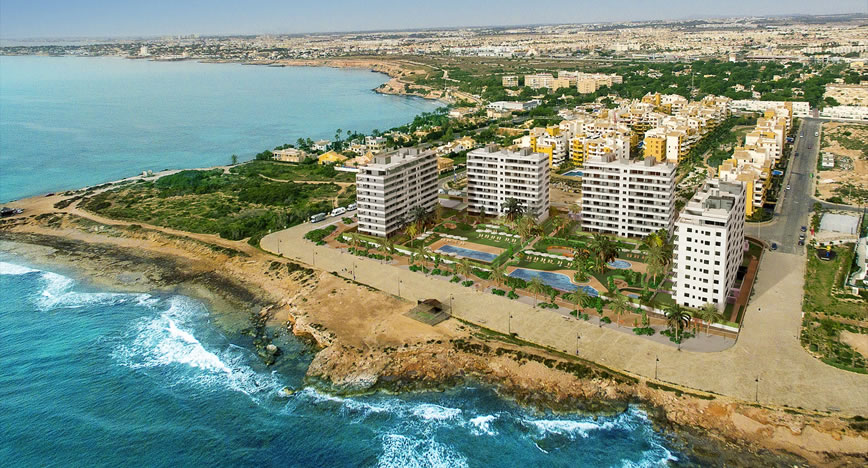- Over 100,000 students arrived in Manchester and Salford for Fresher’s Week 2015 (MEN)
- Salford University expecting increase in applicants for 2016/17 (Salford University)
- PBSA remains a good bet for investors post-Brexit (Properties of the World)
Northern Powerhouse city of Manchester’s undergraduate population is booming. Over 100,000 students headed to Manchester and Salford for the start of Fresher’s Week last September and even more are expected this academic year.
Home to one of the largest student populations in Europe, Manchester will host higher education students both from UK and overseas with a spokesperson from the University of Salford stating that they are expecting to see an increase in applicants for the start of the 2016/17 year (official figures to be published in December).
This expected increase in students studying at the University of Salford will come as no surprise with the institution, founded 120 years ago, being voted the second most improved university in the UK’s 2015 National Student Survey (NSS) with an impressive score of 83%.
Jean Liggett, CEO of visionary property investment consultancy, Properties of the World comments on the appeal of Salford University,
“Salford is a vibrant university city attracting UK and international students alike. With 18,920 students enrolled last academic year and numbers looking to rise this year, the University of Salford is making a name for itself. In the 2015 NSS results, Salford scored a minimum of 80% for teaching quality in more than three quarters of the university’s undergraduate courses, with nearly half scoring 90% or above. The student community at Salford is also appealing to new applicants with the union operating over 120 different clubs, societies and activities open to all those looking to get involved in uni life.”
With the University of Salford improving year on year and Greater Manchester renowned as an international student destination, more and more are making their way to the UK’s number one city to live (Global Liveability Ranking 2015, EIU) pushing up the demand for housing, especially purpose built student accommodation (PBSA).
Indeed post Brexit, it seems that PBSA still remains a good bet for investors as a growing sector with sustainable demand and fixed returns. Jean continues,
“UCAS statistics show that student numbers are still rising. Yesterday’s A-level results revealed that a record number of UK university places have been offered, some 424,000, up 3% on results day last year. An increase of students goes hand-in-hand with an increase in demand for student accommodation, subsequently increasing rents, thus, providing higher returns for those who decide to invest in this sector.”
Investors are also attracted to PBSA investment post-Brexit as it provides a fixed rate of return, is exempt from stamp duty and units are fully managed with no additional costs incurred during ownership. Purpose built student property ownership is also appealing as there is no contact with the tenant when compared with traditional, private student buy-to-lets. Jean continues,
“Statistics from London Shared reveal that 76% of private student landlords feel they are permanently ‘on-call’ and 83% forced to splash out around £5,000 every year on maintenance and repairs. Student accommodation investments such as X1 The Campus in Salford offer much better ROI’s with all bills included and buildings managed 24/7. These really are hands-off, hassle-free, income generating assets with fixed rate returns.”
X1 The Campus is situated on the corner of the University of Salford Frederick Road Campus, just ten minutes’ walk from Salford Crescent station, an ideal location for discerning undergraduates, postgraduates and international students alike.
With an array of vibrant pubs and bars close by as well as green spaces such as Peel Park a short stroll away, students can enjoy their local area whilst having easy access to transport links to Salford and Manchester city centres.
Comprised of 271 stylish apartments ranging from standard studios to stunning penthouse studios, X1 The Campus is a competitive buy-to-let opportunity with an estimated annual NET rental return of 6.6%.
Each apartment is fully furnished with a modern feel and includes a spacious double bed, comfortable sofa, plenty of desk and storage space as well as a kitchen and bathroom with fixtures and fittings of the highest quality. Facilities include an on-site private gym, cinema room, laundry room and large common rooms as well as secure bicycle storage and a management office for added peace of mind. Prices start from £89,995.
For more information please visit http://propertiesoftheworld.co.uk/, email info@propertiesoftheworld.co.uk or call +44 (0)20 7624 5555










